Erechtheion
On a historical and social level, the Erechtheion was associated with the Athenian traditions, unlike the Parthenon which stood for progress.
Location
Timeline
Modern and Contemporary era (1821 - )
1902 First restoration. Completed in 1909. The restorations at the beginning of the 20th century caused great damage to the monuments. Architects and engineers treated them as buildings and not as unique works of art.
Ottoman era (1453- 1821)
Converted into Disdari’s residence (Ottoman garrison).
Byzantine era (331 AC- 1453)
In the 6th AD century was converted into a Christian church (Mother of God). Under Frankish rule it used to be the residence of the Latin bishop.
Roman era (30 BC- 330 AC)
The name Caryatids was given by the girls Karyes of Laconia, who honoured Artemis dancing with baskets on their head.
Hellenistic era (322- 31 BC)
Classical era (478-323 BC)
Was built during the Peloponnesian war in two phases.
421 BC Beginning of construction of the first phase.
415 BC Construction works stopped.
410 BC Construction works restarted.
406 BC Completion.




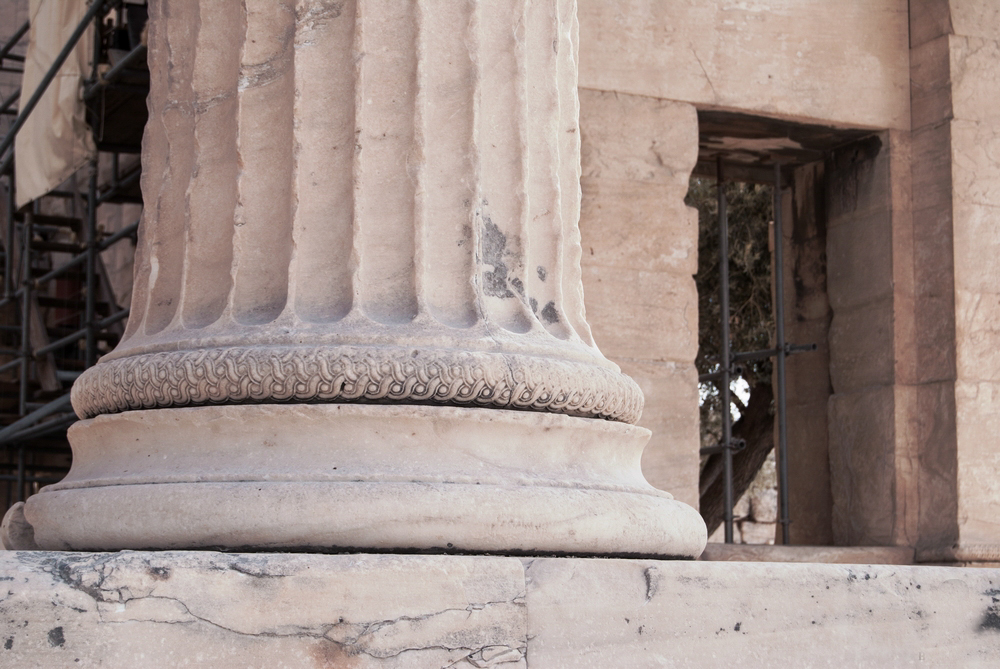
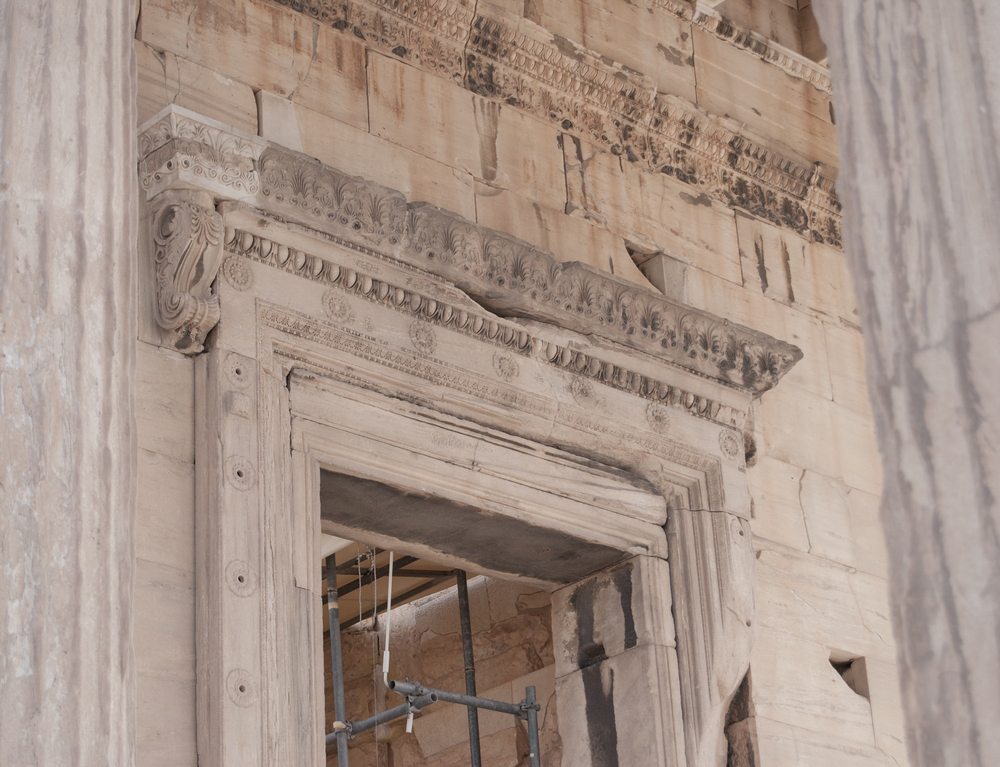
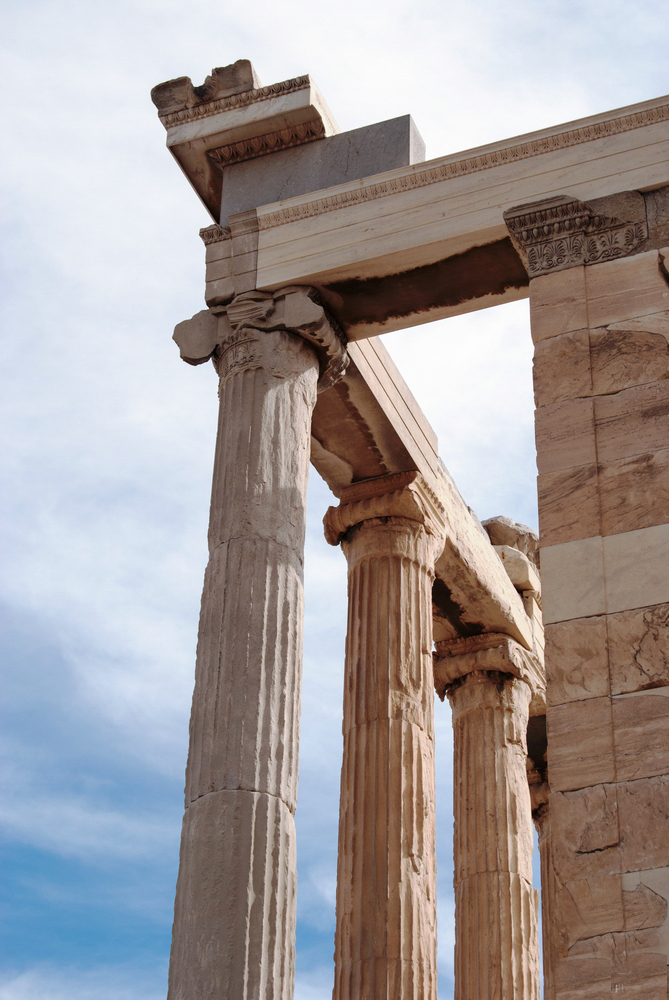


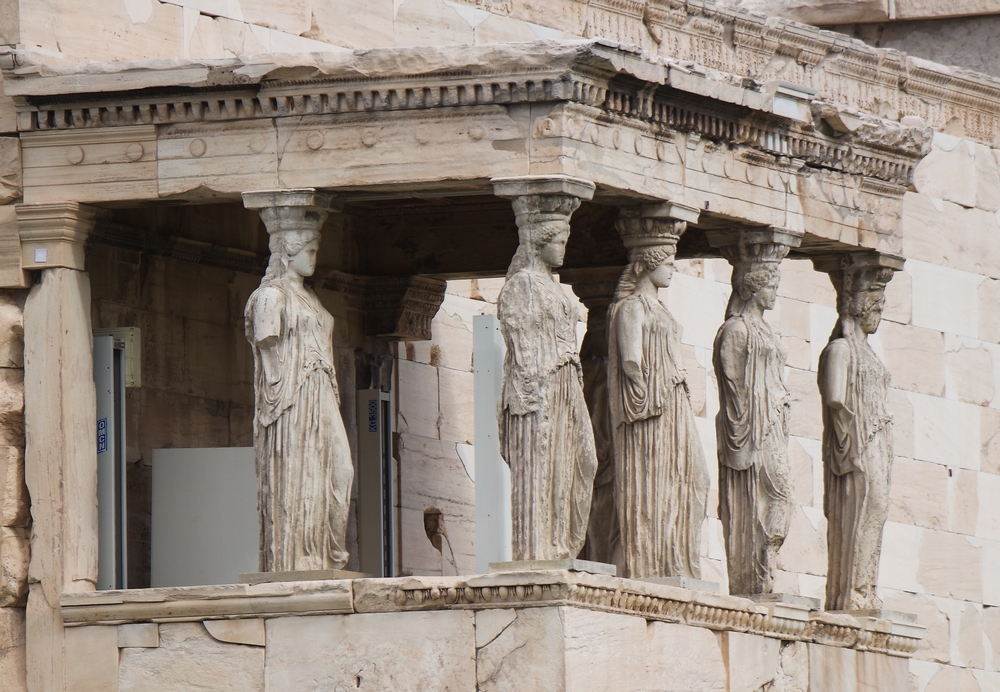
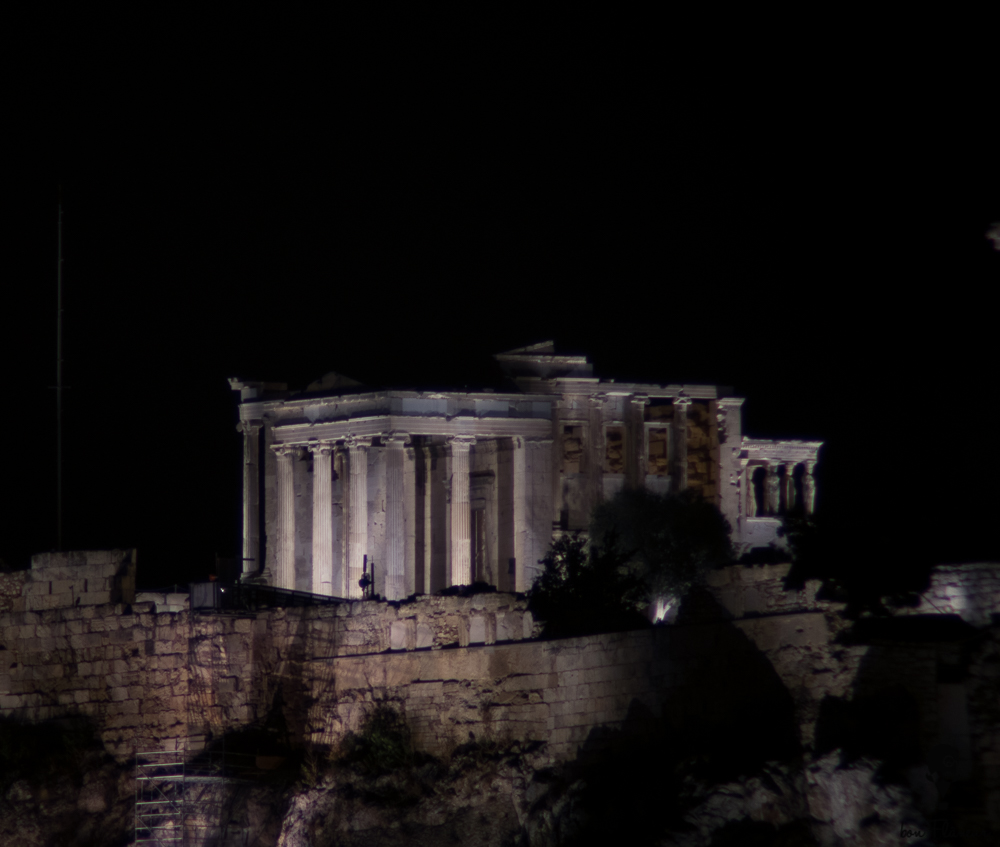

Share